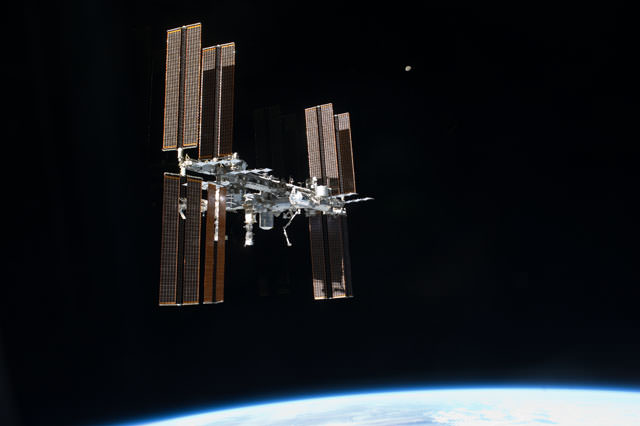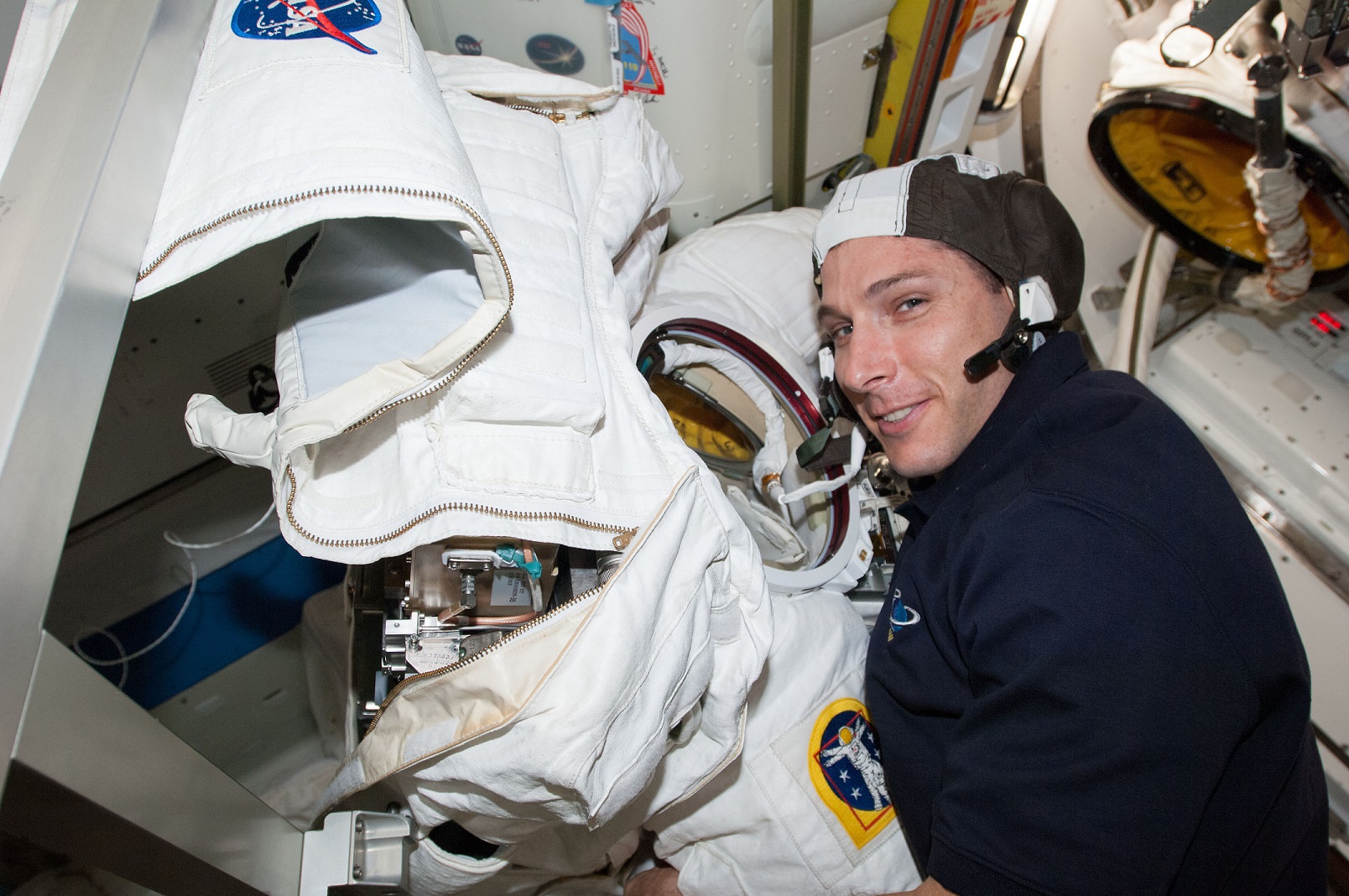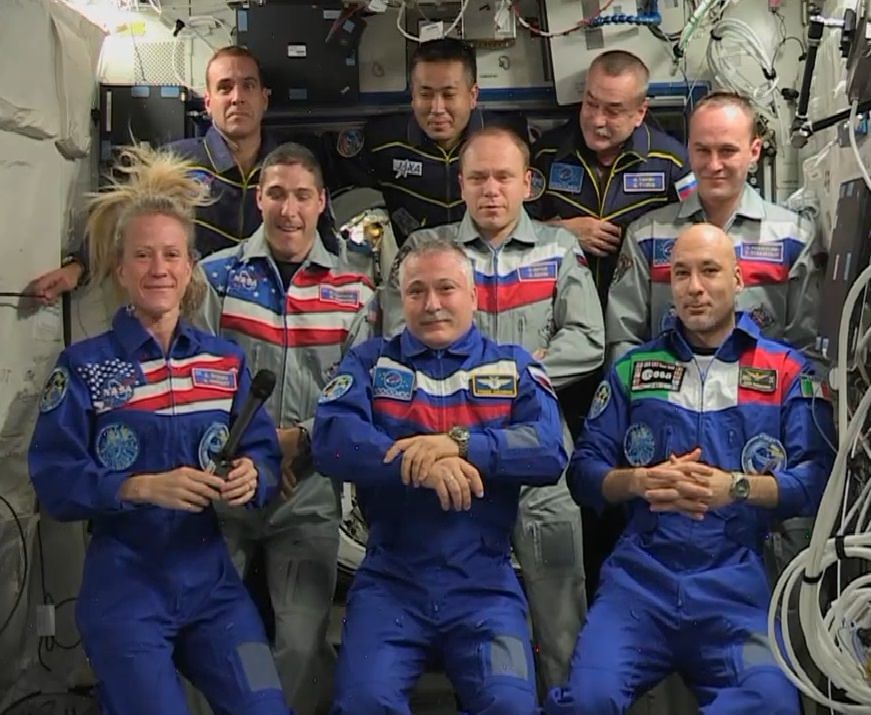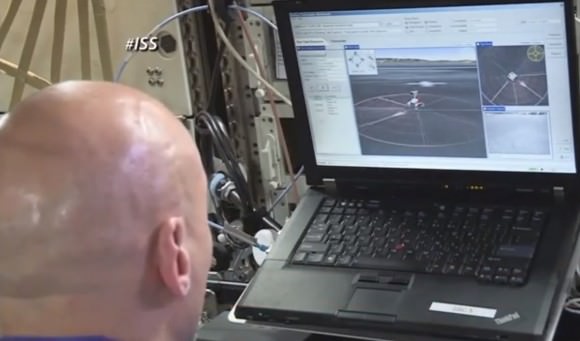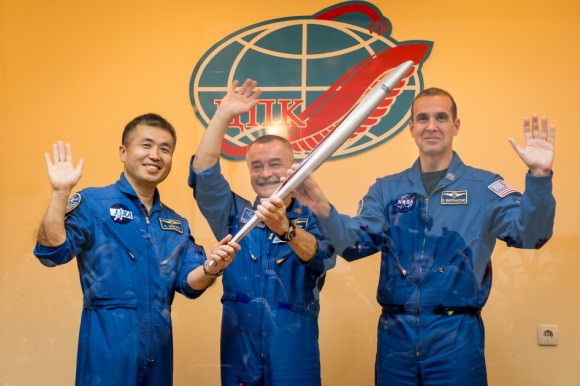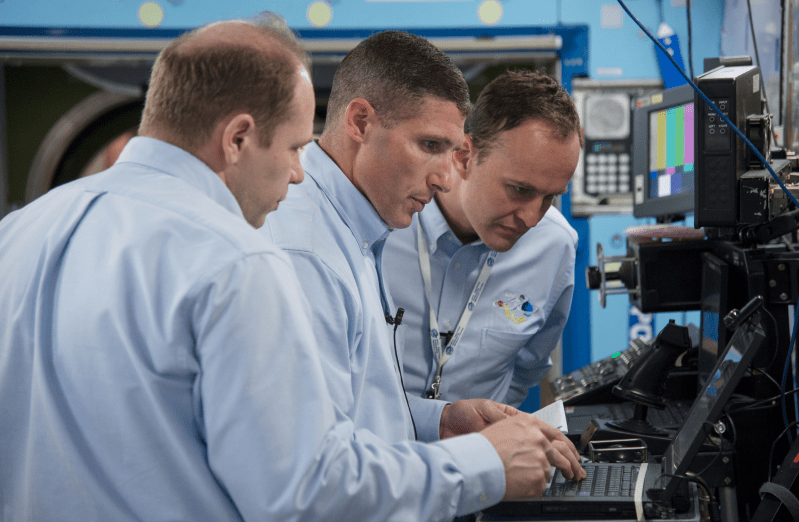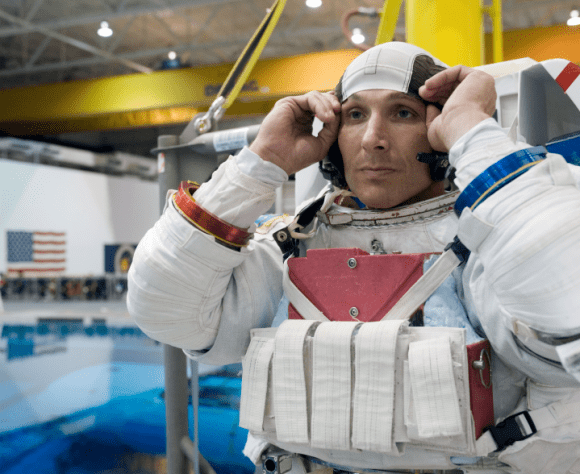The decision to launch a cargo flight to the International Space Station next week has been pushed back until Monday (Dec. 16) because of a cooling problem on station that forced the shutdown of redundant systems, according to a NASA update.
Orbital Sciences’ Cygnus commercial spacecraft is expected to blast off on Dec. 18 from the Wallops Flight Facility in Virginia. However, with some station systems offline, the launch does not now meet certain “commit criteria” to make its journey to space next week, said Kenny Todd, the space station’s mission integration and operations manager.
“We haven’t lost any primary functionality,” he said in a NASA Television update today (Dec. 12), emphasizing that the six-person Expedition 38 crew is fine. “There is some redundancy that we’re down right now, but that’s not something I would call critical to day-to-day station operations.”
While a spacewalk is a possibility to fix the problem, it’s too early to say what NASA and other space station partners will decide to do.
NASA controllers spent the night examining a control valve blamed for causing an ammonia pump to shut down yesterday (Dec. 12). The space station uses liquid ammonia to maintain its temperature, pumping the ammonia through external radiators to bleed off heat. Astronauts have made periodic spacewalks to repair parts of the ammonia system, most recently in May when Expedition 35 replaced a pump controller box on the P6 (far port) truss just days before some crew members went home.
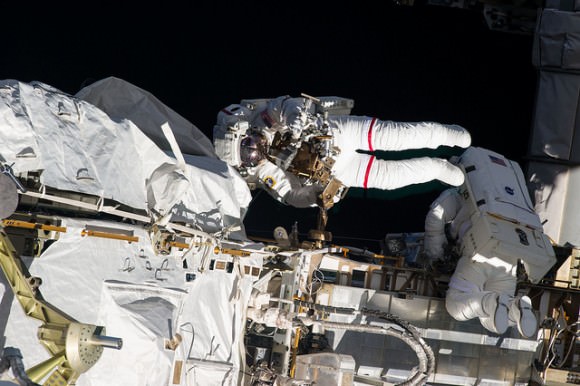
“The pump module on one of ISS two external cooling loops automatically shut down today when it got too cold,” stated the NASA Johnson Space Center Twitter feed yesterday (Dec. 11).
“The pump was brought back online, but they think a valve may not be working correctly inside it. Some of the station’s internal electrical systems were moved over to the second loop, and some noncritical things were powered down. The crew was always safe and will work with the ground teams as they figure out what caused the issue.”
Non-critical systems were powered down in the Harmony node, Columbus Laboratory and Japanese Kibo laboratory. After confirming that the new configuration was stable, controllers began this morning (EST) to move the troublesome valve to several positions and monitor the effect on cooling temperatures, according to a NASA TV update.
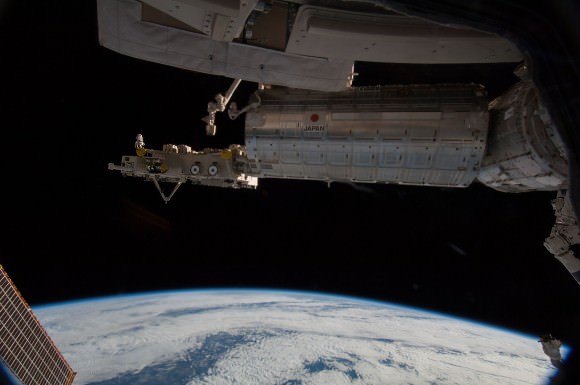
The crew is going about their activities as much as possible, although they’re on a “reduced timeline” because some of the experiments aren’t running as usual. (Science collected up to now is “not at risk”, Todd said.)
Responding to questions on social media, NASA astronaut Douglas Wheelock — who led three unplanned spacewalks in 2010 to replace a broken ammonia pump module on the S1 truss in the same cooling loop — said he is working with Mission Control to see what needs to be done next.
Of note, NASA has suspended spacewalks after a water leak in one of its spacesuits forced Italian astronaut Luca Parmitano back to the airlock during work in July. (Crewmate Chris Cassidy, who was on the spacewalk at the same time, later said he felt Parmitano was in no immediate danger, but felt the prudent thing to do was stop.)
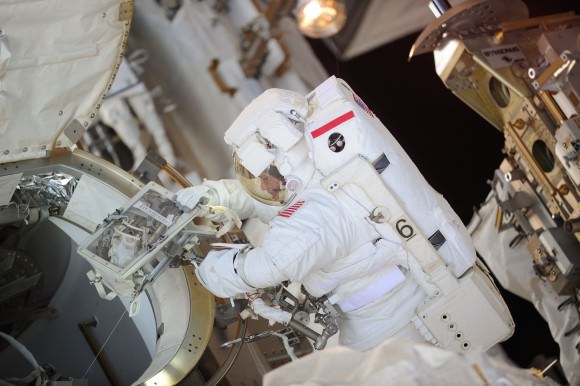
Astronauts have been troubleshooting the suit periodically on board station, but NASA is planning to send it back on the next SpaceX Dragon flight to Earth for further investigation. SpaceX isn’t planning to get to the station again until late February, media reports say. Russian spacewalks can still continue as they use a separate suit; the most recent one took place in November with the Olympic torch.
While Todd didn’t quite say the ban on spacewalks has been lifted, he added that NASA has new procedures in place to guard against another crew member facing the same water issue. He did not elaborate on what those procedures are.
The current launch window for Cygnus extends as far as Dec. 21 and “possibly” the 22nd, Todd said, but emphasized more time is needed to come to a decision. “At this point, for lack of a better term, we’re going to kick the can a little bit and let the team work a little bit more,” he said.
Updates will follow as the situation and fix progresses.

